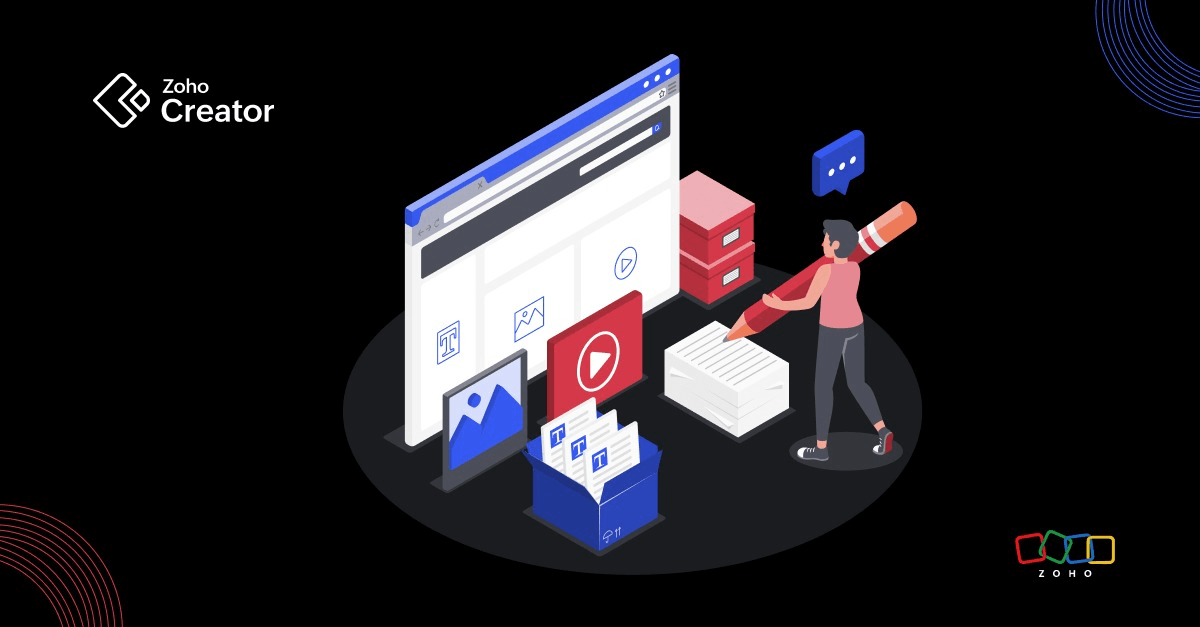- HOME
- Know Your Tech
- Digital transformation challenges become opportunities in times of disruption
Digital transformation challenges become opportunities in times of disruption
- Last Updated : April 20, 2023
- 1.7K Views
- 4 Min Read
We’re all tired of COVID. Worse, we’re all tired of hearing about COVID.
We know how to wear masks. We know how to social distance. And we know how to work from home. Is there anything more to learn?
Absolutely. Businesses had to react quickly to the onset of the pandemic, transforming their operations, and in many instances their very business, to deal with our new reality.
While some succeeded, and many failed, the difference was often in how ready an organization was for digital transformation.
So has your organization learned the right lessons?
A tale of a loan program
On March 27th, 2020, the Coronavirus Aid, Relief, and Economic Security (CARES) Act came into force in the US. It created a lending program for small businesses in the US called the Paycheck Protection Program (PPP). And the PPP was remarkable in terms of the number of businesses that applied, the amount of money disbursed, and perhaps most striking: how little time lenders had to implement the program. This was possible because of an application created to automate the manual repetitive tasks involved in processing loan approvals.
The only way a company could build an app like this so quickly was by leveraging low-code functionality in the underlying platform. Furthermore, low-code addressed several issues beyond the customer-facing app, including back-office processing and integration with Small Business Administration (SBA) servers.
For the commercial banks supporting the PPP, the lesson was clear: the days of multi-month enterprise app development projects are over, and low-code technologies are leading the transformation.
Digital transformation in the trenches
Whether it be supporting a new initiative like PPP or shifting to a WFH workforce, the sudden appearance of the pandemic upended the way organizations looked at their digital transformation initiatives.
Where before, such initiatives could take years, with organizational resistance slowing progress at every turn, the 2020 transformation story is one of rapid, sometimes desperate change.
Organizations simply cannot afford to do things the old way, when the old way impeded the change necessary to remain viable.
Take legacy modernization, for example. Modernizing legacy assets has always been a ball-and-chain on every CIO’s ankle, sucking up resources while leading to unpredictable risks. Such initiatives typically took years—if the organization completed them at all.
For many organizations, low-code changes this equation. Low-code platforms like Zoho Creator can help organizations retain core systems while focusing on only those areas that need improvement.
Organizations are now using low-code to squeeze value from applications in ways that their original developers never intended. Low-code can help any company repurpose most legacy applications, extending them to mobile interfaces as required via standards-based APIs—without sacrificing operational efficiency or regulatory compliance.
Bringing low-code to the people
There’s always some resistance to the low-code approach to building applications. It’s important to note, however, that low-code platforms are not all the same. Some have steeper learning curves, while other low-code tools are simple to learn and use.
Choosing a tool like Zoho Creator, that’s both powerful and simple, can be the key to overcoming the learning curve of more complicated tools, while empowering both business and technical users to create a wide range of applications for the business.
In addition, low-code brings simplicity for users of the applications they build. Whether these users be employees or customers, it’s important for the apps to be simple to use, yet straightforward in how they provide value.
Low-code once again is ideal for creating these kinds of apps. Unlike hand-coding, where excessively elaborate requirements or an overzealous development team can lead to complex, difficult-to-use interfaces, low-code steers application creators toward standardized, simple interfaces with familiar functionality.
Getting the boss on board
It’s great if apps are simple to build and easy to use, but management is more concerned with business metrics like return on investment (ROI) and total cost of ownership (TCO). The good news: low-code delivers in spades on these business metrics.
The PPP example above illustrates this point. Any lender that was able to implement PPP on time was able to guarantee a revenue source from the commissions the government would pay for issuing the loans. The ROI of such apps, therefore, was a solid justification for the low-code efforts.
However, the business value for implementing PPP with low-code, as with other digital transformation initiatives, goes well beyond the initial ROI.
The Intellyx take
There’s one more factor that organizations should take into account when considering moving to low-code, especially when legacy modernization is in the mix: business opportunity risk.
In other words, what would be the downside for a lender who decided not to support the PPP program – or more generally, a company that decided not to digitally transform itself?
In the case of the PPP, customers might go elsewhere and stay with a competitor, or the lender may lose its ability to generate any kind of SBA loan. They may also lose out on the promotional value that the PPP would have generated. And when it comes to digital transformation generally, the business opportunity risk can be much greater—with COVID only emphasizing this further.
What’s the risk of an organization not supporting a WFH workforce? Or perhaps, of not implementing a mobile app front-end to a legacy system? In these circumstances, the risk might be as great as the failure of the company entirely. And while it’s true that low-code can’t prevent a company’s demise on its own, digital transformation can. Low-code can facilitate such transformations on a timeframe suitable for any disruption—even a pandemic.
Copyright © Intellyx LLC. Zoho is an Intellyx customer. Intellyx retains final editorial control of this article.
 Jason Bloomberg
Jason BloombergJason Bloomberg is a leading IT industry analyst, author, keynote speaker, and globally recognized expert on multiple disruptive trends in enterprise technology and digital transformation. He is ranked #5 on Thinkers360’s Top 50 Global Thought Leaders and Influencers on Cloud Computing for 2020, among the top nine low-code analysts on the Influencer50 Low-Code50 Study for 2019, #5 on Onalytica’s list of top Digital Transformation influencers for 2018, and #15 on Jax’s list of top DevOps influencers for 2017.



